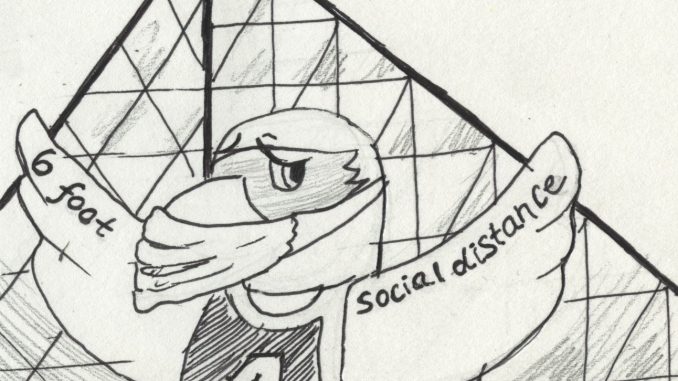
On Wednesday, March 11, Gov. Andrew Cuomo announced at a press conference that all SUNY and CUNY schools would be transitioning to “distance learning” as a preventive measure in light of the rapid spread of COVID-19. Beginning March 19, Cuomo ordered all schools within the system to suspend in-person classes and resume with online learning for the remainder of the spring semester.
In a campus announcement sent later that day by President Donald P. Christian and Interim Provost and Vice President for Academic Affairs Barbara Lyman, SUNY New Paltz students were alerted that spring break — originally planned for March 16 to March 20 — would be extended until March 27. On March 30, classes will resume, according to the email, though it was not made explicitly clear whether those classes will be offered in-person or exclusively online, as per Gov. Cuomo’s announcement.
Across the country, higher education campuses are responding in a similar fashion. Though Gov. Cuomo’s orders to suspend course offerings to online-only for the rest of the semester are a rare extreme, plenty of other schools are resorting to distance learning for varying periods of time.
Though this situation is a strange one, the switch to online learning across the country — and the world — may expose flaws in the system.
As we all know, technology is not perfect. The internet can be tricky, things can break, systems can shut down … the list goes on. On top of these, plenty of unknowns exist. Blackboard, which many universities use and would presumably utilize to hold digital class, has (to the best of our knowledge) never had to host so many users at one time — so would the servers be able to handle it?
Then comes the students who don’t have access to internet, or even a computer. These students rely on the campus-provided internet and technology to get work done, and moving online would prevent them from not only completing assignments, but from attending class in general. At New Paltz, the aforementioned campus announcement acknowledges these students, and assures that they are being considered in the decision-making process.
Other schools are not taking a similar approach in regards to these students. At Harvard University, students were given only a few days notice to prepare to leave campus, and no explanation was offered as to how students unable to access the internet would fare.
Of course, this is not a preventable scenario. No one could have predicted the way this virus would disrupt everyday life, and aside from urging community members to take cautionary measures, nothing could be done to prepare for its reach.
With this in mind, moving online may be the best option across the country, despite the flaws. As the virus spreads at a rapid pace, it is a smart idea for these precautionary measures to be taken.
However, we ask that higher education institutions take a note from SUNY New Paltz’s handbook and consider students without access to internet or a place of residence outside of their campus while these decisions are being made nationwide. Higher education should be a right, not a privilege, and to alienate students based on their economic status would be a direct violation of this right.
